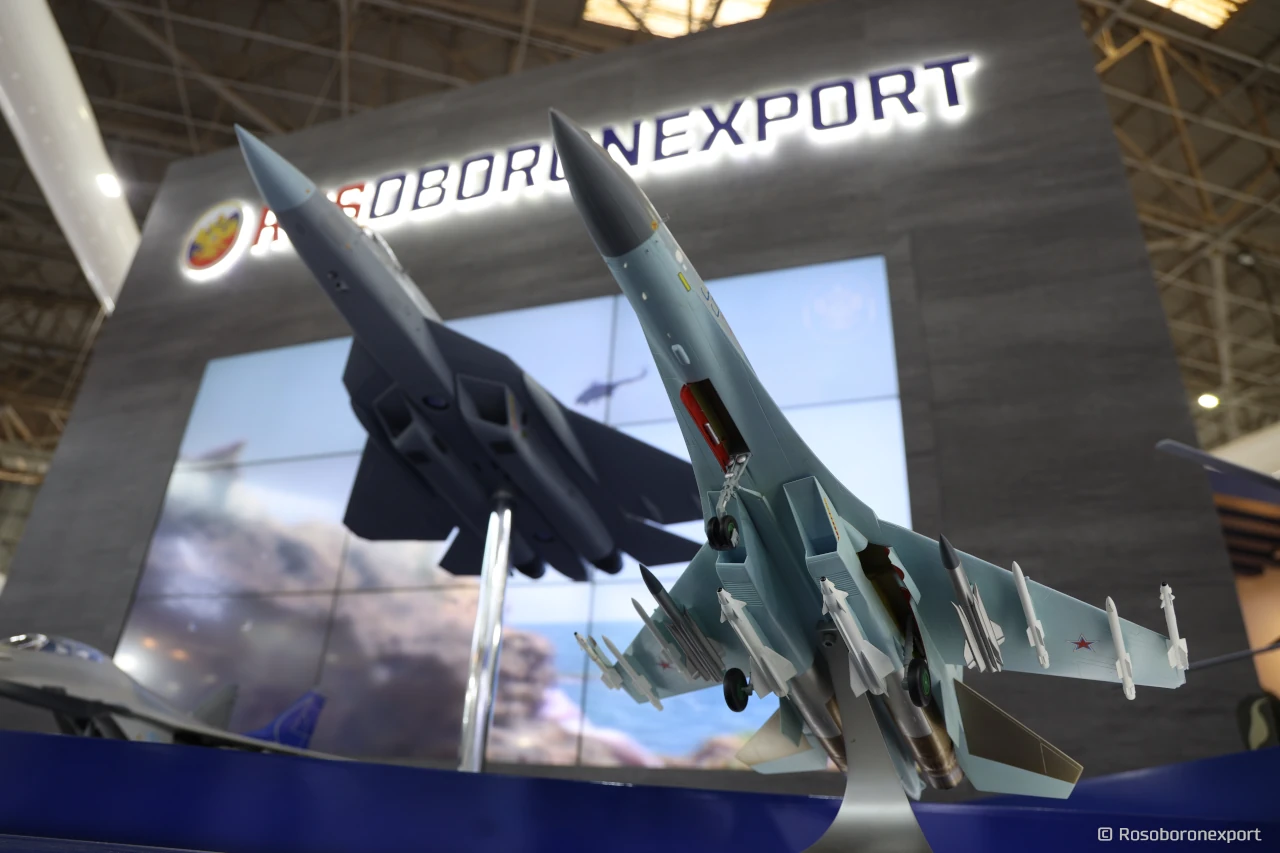SOURCE: AFI

In recent years, the global arms trade landscape has witnessed a significant shift, particularly concerning Russian arms exports. The statistics reveal a stark reality: Russian arms exports fell by 53 percent between the periods of 2014–18 and 2019–23. This rapid decline has raised concerns and sparked discussions among analysts and policymakers worldwide.
The decline in Russian arms exports over the past five years has been pronounced, with notable implications for both Russia’s defense industry and its geopolitical influence. In 2019, Russia exported major arms to 31 states; however, by 2023, this number dwindled to only 12 states. Such a substantial reduction in the number of recipient states underscores the challenges facing Russia’s arms export market.
One of the key regions that historically received a significant portion of Russian arms exports is Asia and Oceania. Between 2019 and 2023, states in this region accounted for 68 percent of total Russian arms exports. Notably, India emerged as the largest importer of Russian arms, comprising 34 percent of total exports, followed by China at 21 percent. Despite maintaining its position as India’s main arms supplier, Russia faced a notable shift in dynamics, marking the first five-year period since 1960–64 when deliveries from Russia or the Soviet Union contributed to less than half of India’s arms imports.
Several factors contribute to the decline in Russian arms exports and the shifting dynamics in the global arms market. One significant factor is the emergence of new competitors in the arms trade, offering advanced technologies and competitive pricing. Countries such as the United States, France, and Israel have strengthened their positions as key players in the global arms market, challenging Russia’s traditional dominance.
Furthermore, geopolitical tensions and international sanctions have hindered Russia’s ability to conduct arms sales in certain regions. Sanctions imposed by Western nations in response to Russia’s actions in Crimea and Eastern Ukraine have limited its access to markets and constrained its arms trade activities.